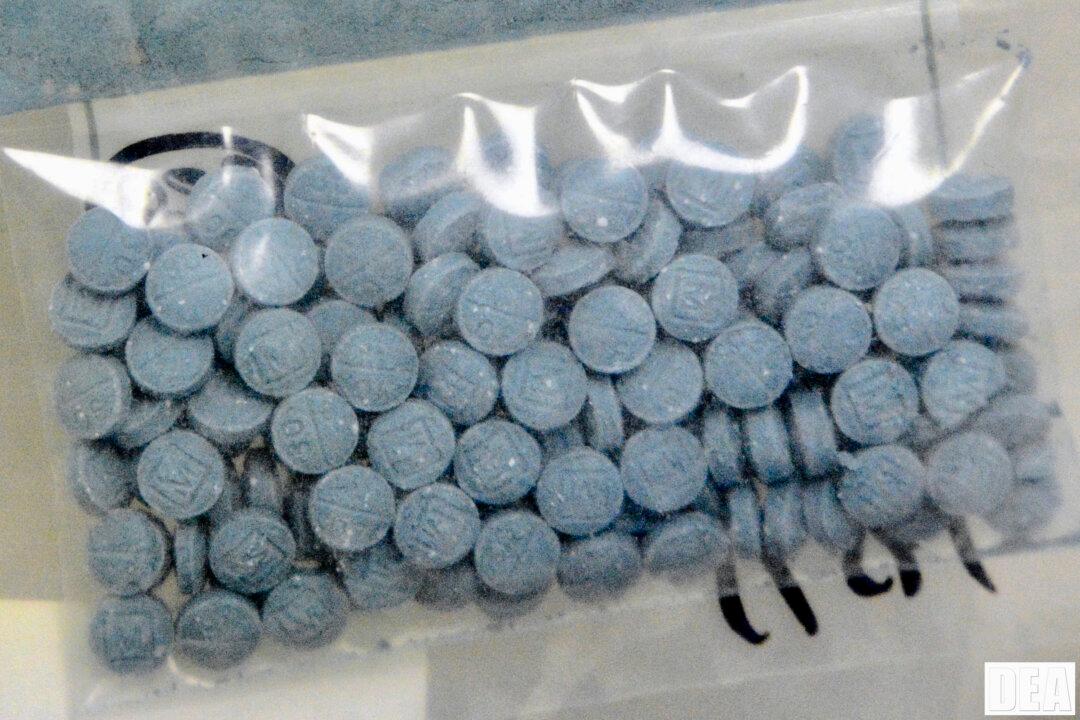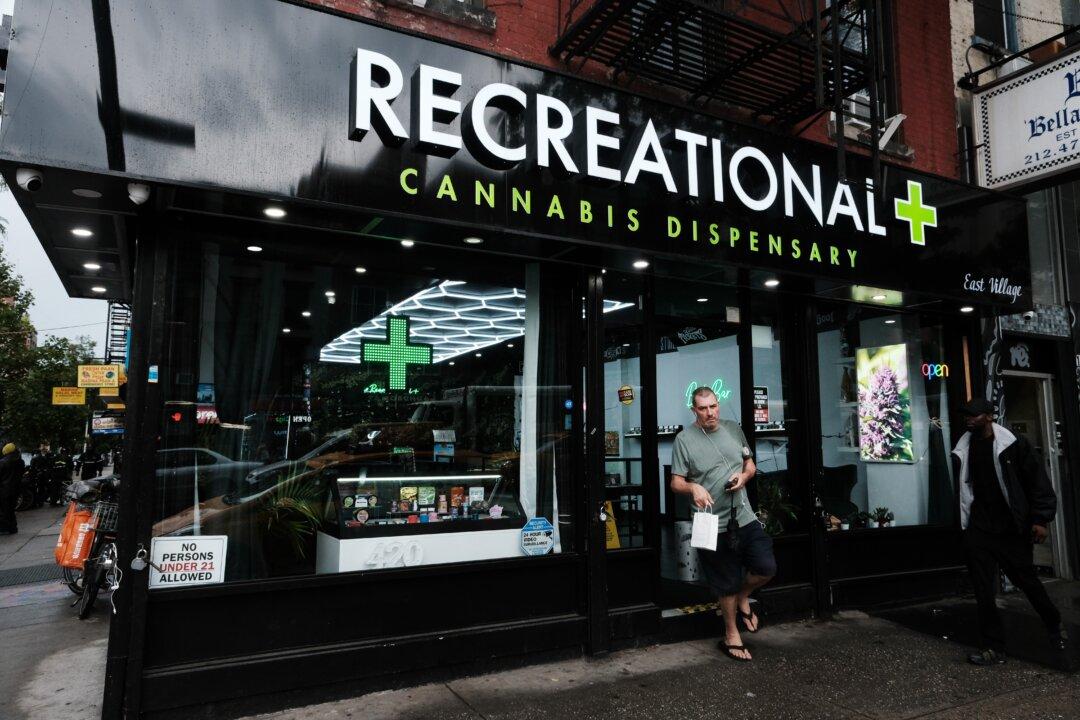Nearly 108,000 Americans died of drug overdoses in 2022, according to final federal figures released by the U.S. Centers for Disease Control and Prevention (CDC) on Thursday.
The number of overdose deaths has risen nearly every year over the last two decades, breaking annual records and making it the worst epidemic in U.S. history.





